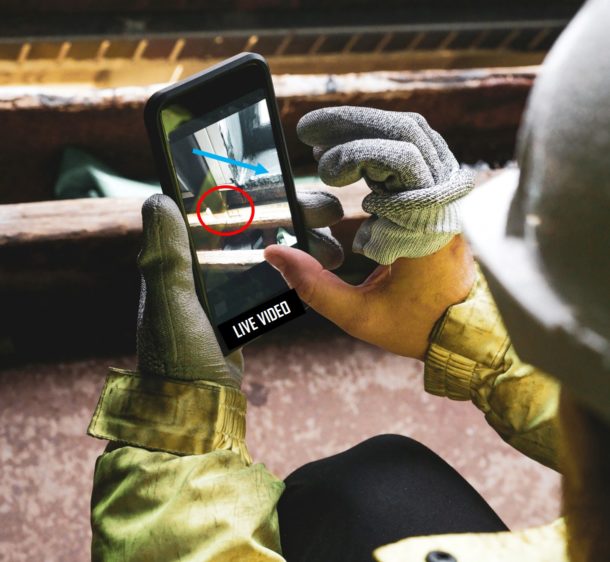Construction projects require a great deal of careful planning. Despite this, there are many ways that a project can go wrong. Identifying, analyzing, and managing risks are essential for the feasibility of a project. There must be procedures in place that help you identify risk early on.
Some risks are apparent, while other risks might not be. In either case, having a risk mitigation strategy prepares the contractor in case of an unforeseen circumstance. As a contractor, your ability to manage risks is vital for the successful completion of a project.

The following describes a list of risks that you might face and how to mitigate them.
1. Inadequate budget
Budget is one of the most sensitive topics and also the most discussed topic on a construction project. Miscalculation of cost, budget shortfalls, and waste of material are some reasons that can lead to budget shortfalls.
Mitigation: Construction project management software plans your budget while keeping subcontractors in mind—helping you with finances as well. With such software, you can track project deadlines and generate invoices. It also assists in allocating resources to employees. You can avoid budget shortfalls by distributing the budget using management software.
2. Poor scheduling
One of the reasons for project delays is poor scheduling by the manager. Not accounting for the smallest of actions can cause long delays. It shows a lack of communication between subcontractors, employees, and the project manager. As a result, frustration arises as work gets delayed.
Mitigation: Use software tools for scheduling and making a project timeline. Share the project timeline with subcontractors and your employees. The latest construction management tools also have cloud accessibility. You can access the project timeline anywhere and on any device you want. Also, have a plan B in place in case of a schedule conflict.
3. Safety Hazards
A work environment with safety hazards can lead to injuries and—in extreme cases—mortalities. Safety hazards can lead to employee resentment, lack of quality, and delays. As a contractor, you must ensure a safe working environment for your employees.
Mitigation: To mitigate this risk, train the laborers and the employees on safety management. Moreover, all safety protocols should be strictly adhered to and shared with the employees.

4. Miscommunication
Miscommunication can cause disputes within the construction team and with the client as well. Disputes between subcontractors and stakeholders in a construction project are not uncommon. Not only does it lead to a bad work environment, but it can also lead to unwarranted delays and a lack of quality work.
Mitigation: To avoid miscommunication and disputes, make sure to document everything. Document the meetings that you have with subcontractors and the client. Moreover, keep all the employees on the same page through regular communication via email, calls, and text messages. Share the project timeline with subcontractors so that they know what tasks require attention.
5. Unforeseen Circumstances
Unforeseen circumstances can throw the project timeline out of the window. Accidents, bad weather, and other unexpected risks at a construction site add to the stress level of a contractor and construction manager.
Mitigation: While a construction manager cannot avoid all the risks, there are some ways to be prepared for it. By staying ahead (of the schedule), one can reduce the impact of a risk. Likewise, keep an extra budget for dealing with risks and unexpected circumstances. Check weather forecasts for the duration of the project.
Conclusion
Risks can cause increased budgets, delays, and a toxic work environment. A risk management procedure in place that identifies, transfers, and mitigates the risk is essential for successful project completion. As a construction manager, deal with risks on the basis of their probability and impact. Deal with high probability risks first and then deal with low probability risk. The same goes for impact.




Join the conversation: